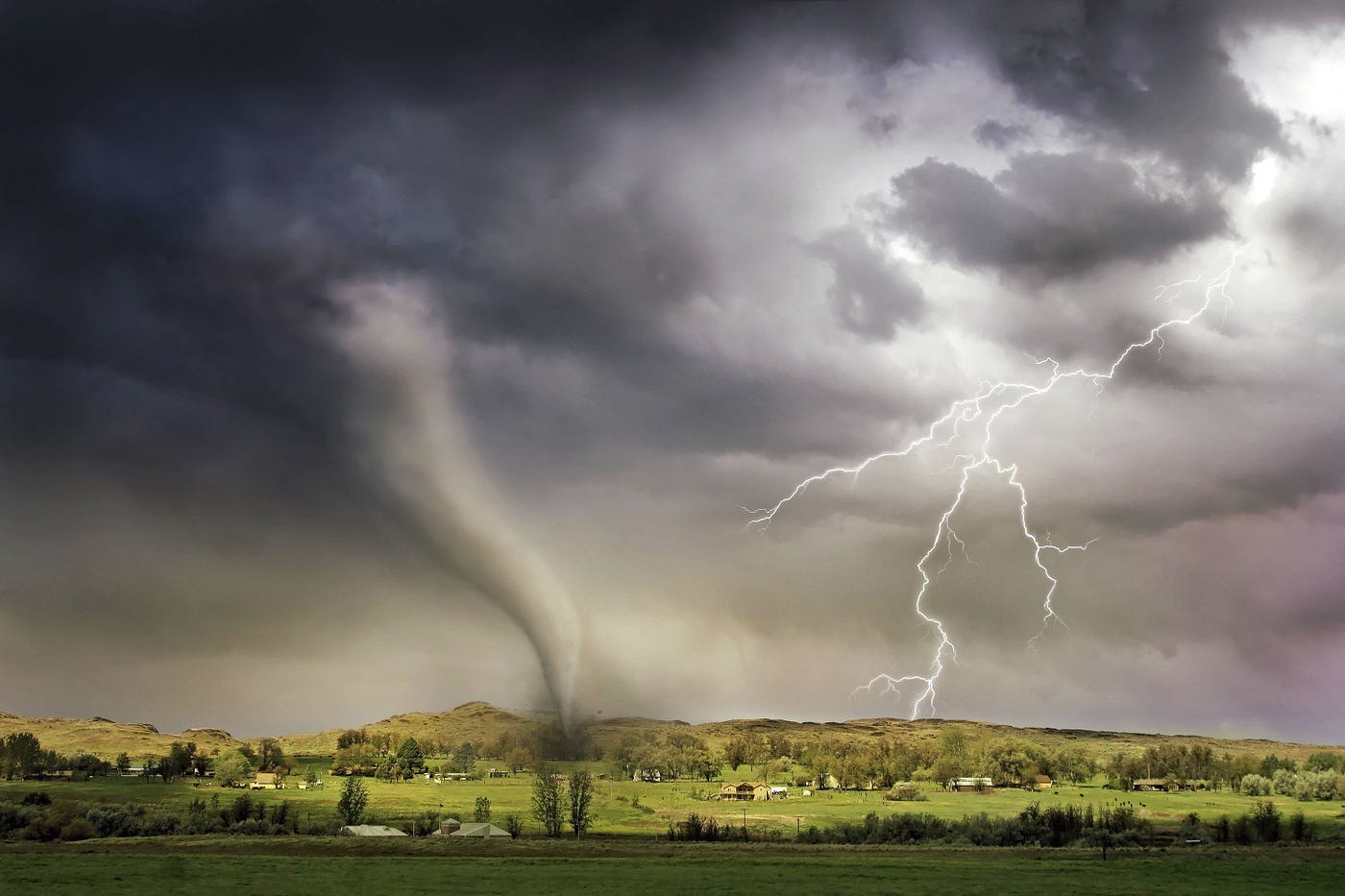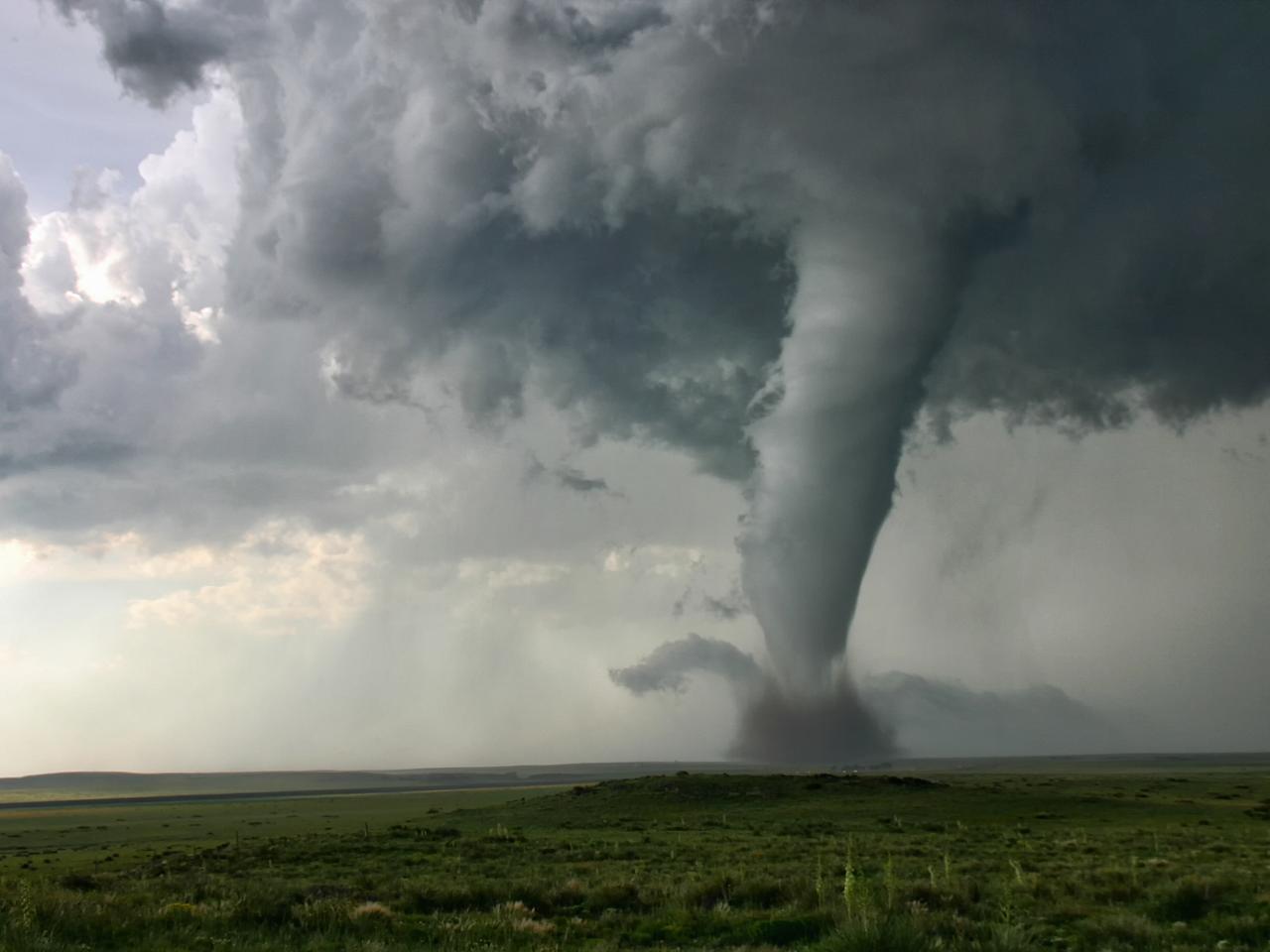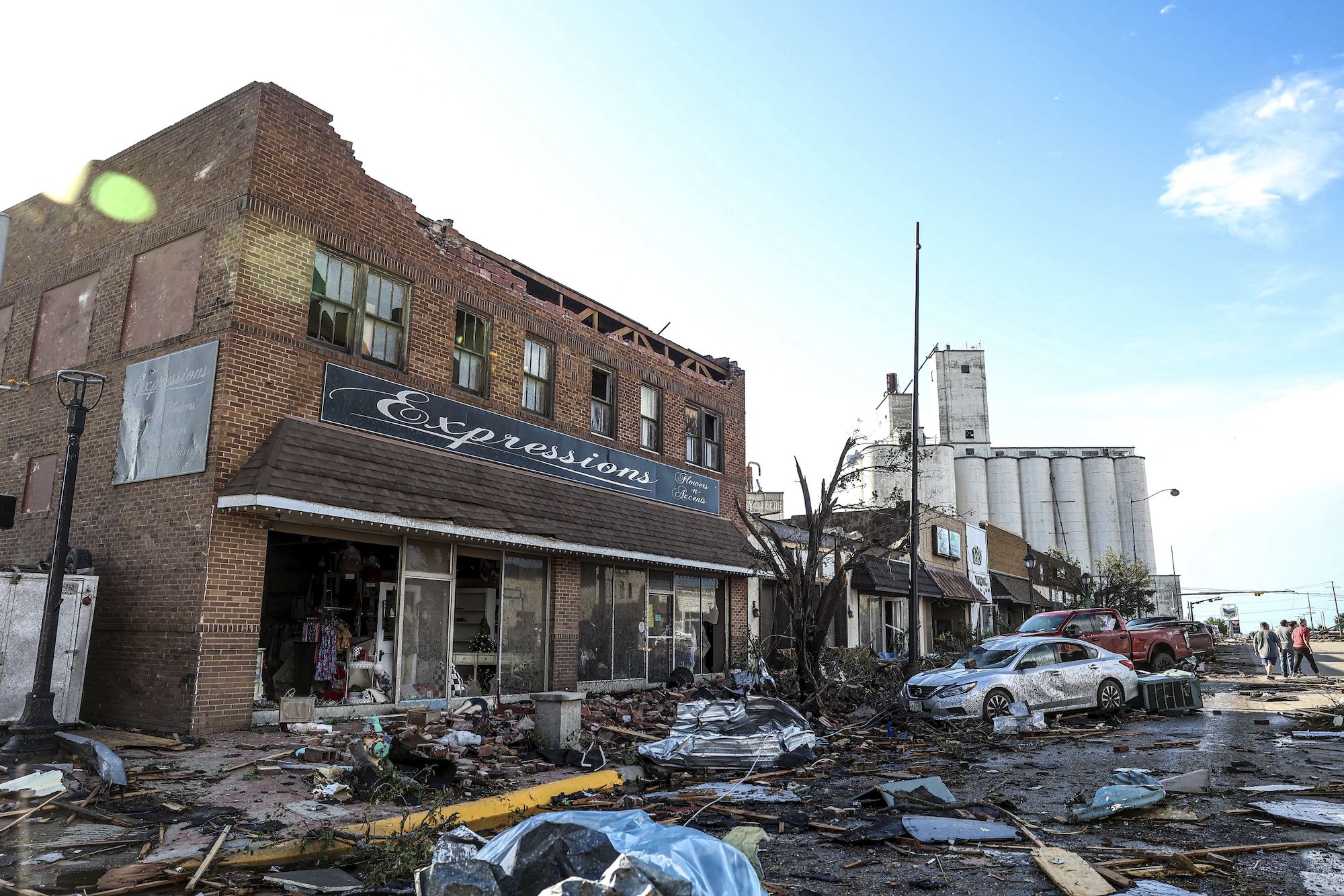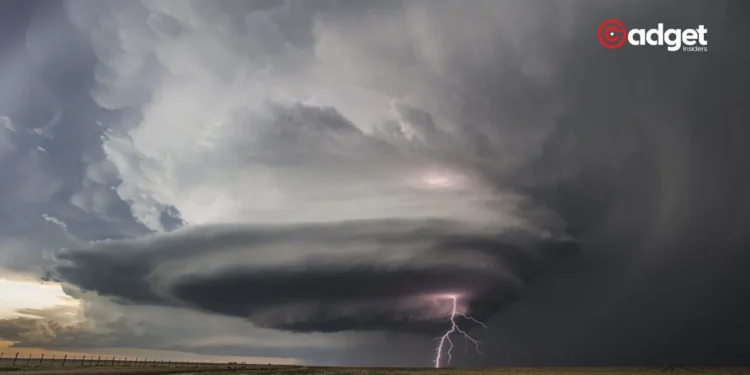Texas, renowned for its sprawling landscapes and rich cultural heritage, also holds a less enviable title: it experiences more tornadoes annually than any other state in the U.S. However, for those considering calling the Lone Star State home, this fact should not be a deterrent. Here, we delve into how Texans stay safe and prepared during the notorious tornado season.

The Reality of Tornadoes in Texas
Tornado season, typically spanning from March through June, brings a heightened awareness among Texans. The state’s geographic positioning at the juncture of warm tropical air from the Gulf of Mexico and cooler, drier air from Canada and the Rockies creates a unique meteorological battleground.
This clash of air masses frequently results in volatile weather patterns, characterized by severe thunderstorms and, yes, tornadoes.

Recent events underscore the seriousness of these natural phenomena. In cities like Port Arthur and Katy, tornadoes have wreaked havoc on communities, demolishing structures and, in one dramatic incident, lifting a vehicle with its driver still inside. Thankfully, serious injuries were avoided, but the psychological and physical scars remain for many.
Understanding the Risks
Despite these dramatic events, the risk of tornadoes, while real, is often perceived with more anxiety than necessary. Troy Kimmel, a seasoned meteorologist and educator at the University of Texas at Austin, offers some perspective.
He notes that while tornadoes are a definitive aspect of Texas weather, they are “relatively few and mostly far between,” particularly when compared to other natural disasters that affect different parts of the country.
Statistics reveal that areas like Harris and Dallas counties see a higher frequency of tornadoes. However, the actual risk for any individual is relatively low, especially with proper preparation.
While tornadoes can touch down in Texas year-round, March through June is generally designated tornado season around here.
Here’s how to prepare for tornado season, which is still relatively low-risk: https://t.co/UzlL9DgVWz
— Texas Monthly (@TexasMonthly) April 21, 2024
Safety and Preparedness: Texas-Style
The absence of basements in most Texas homes might initially seem like a vulnerability during tornadoes. However, Texans have adapted by using interior rooms without windows, such as bathrooms or closets, as safe zones. These areas offer protection from flying debris and structural collapse, the primary dangers during a tornado.
Moreover, technological advances have significantly improved safety. Texans now have access to real-time weather updates via various digital platforms, offering detailed forecasts, weather alerts, and emergency notifications. This connectivity not only keeps people informed but also plays a crucial role in community safety.
For those who prefer an extra layer of security, private companies and state programs provide options for installing personal and community tornado shelters. These fortified spaces offer peace of mind for residents in the most susceptible regions.

Living with Tornadoes: A Texan Reality
Choosing to live in Texas means accepting and adapting to the reality of tornadoes. However, this acceptance does not equate to living in fear. Instead, it involves a balanced approach of awareness, preparation, and resilience—qualities that Texans are well known for.
The communal spirit in Texas also means that weather conversations are commonplace, whether at the grocery store or the local barbershop. Such discussions are not just small talk; they are a vital part of the communal safety net, ensuring that everyone stays informed and prepared.
While the threat of tornadoes is an undeniable part of life in Texas, it is met with a characteristic blend of practicality and optimism. For those moving to Texas or visiting, understanding and respecting this aspect of Texan life is essential.
Preparedness, informed by accurate information and community support, makes all the difference, allowing residents to live fully and safely in this vibrant state.










